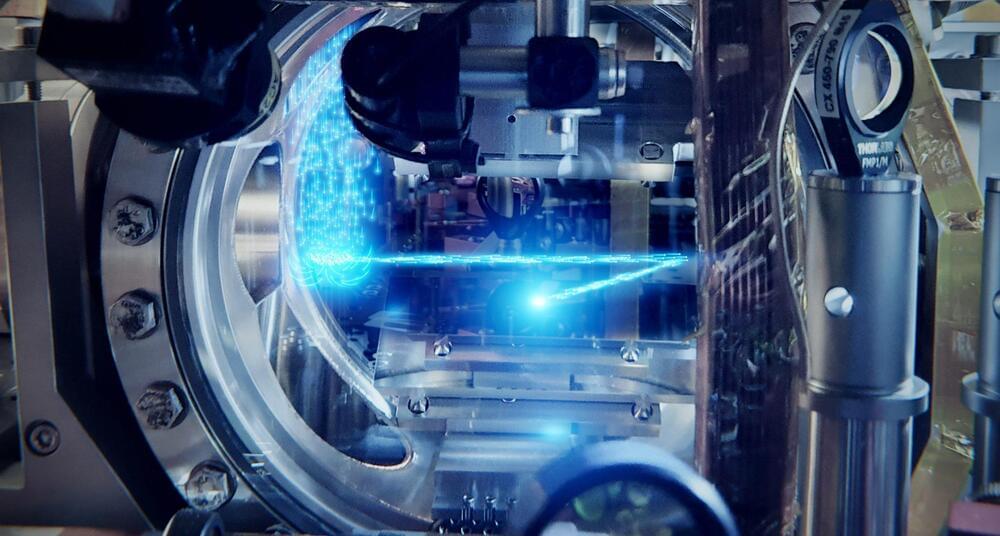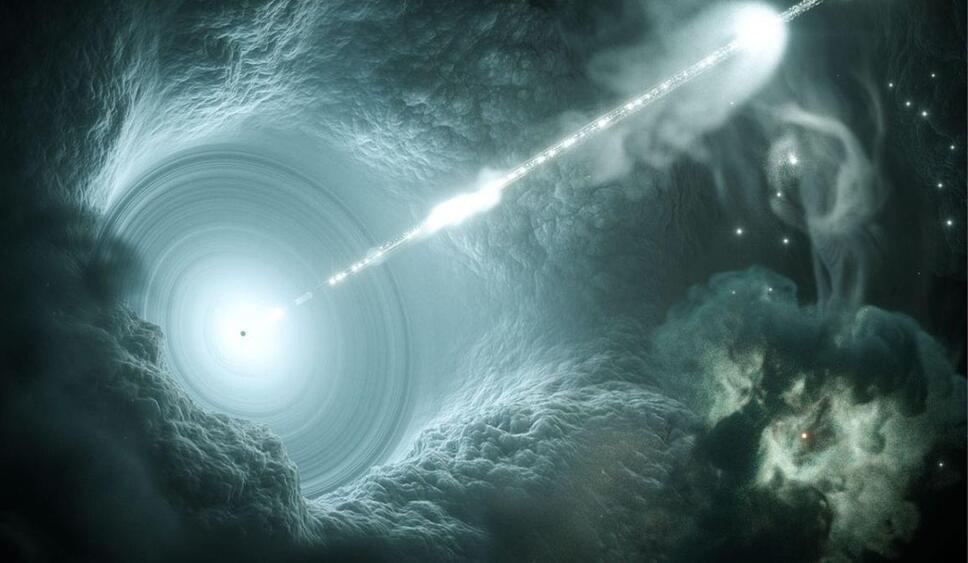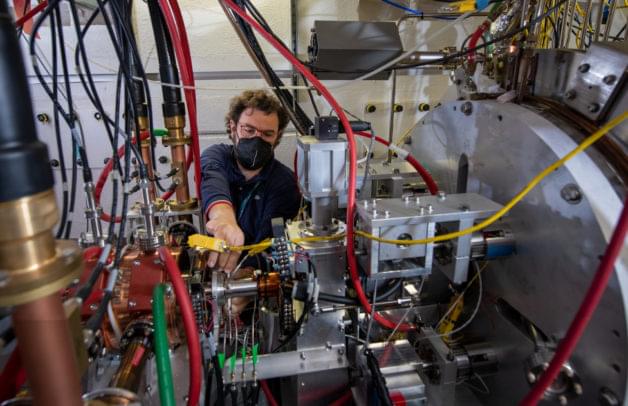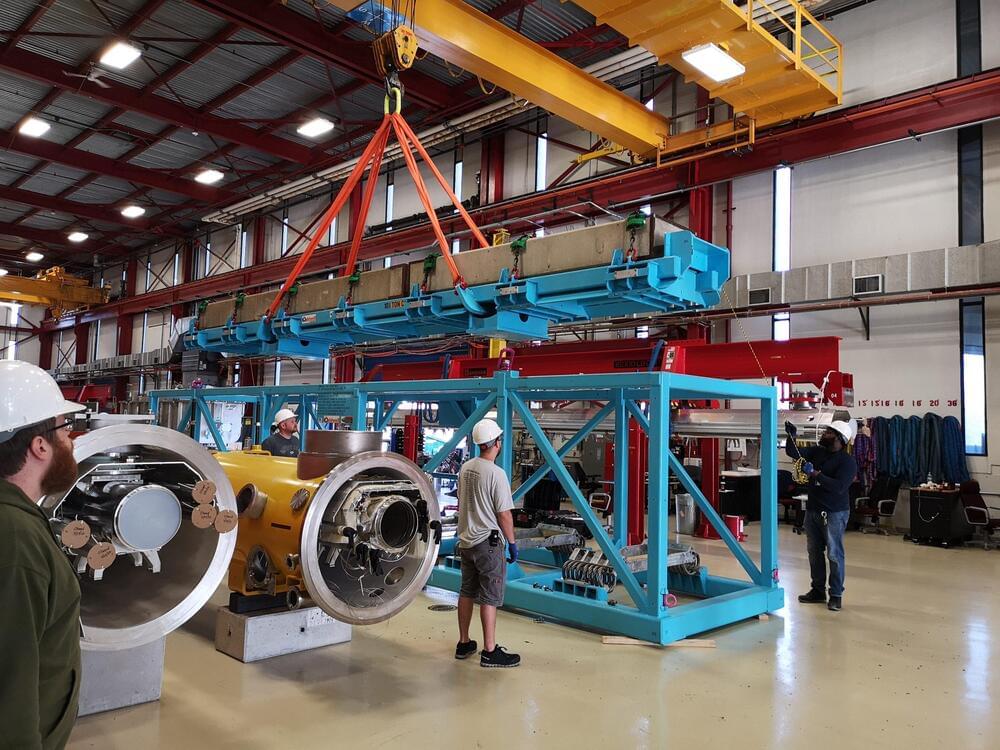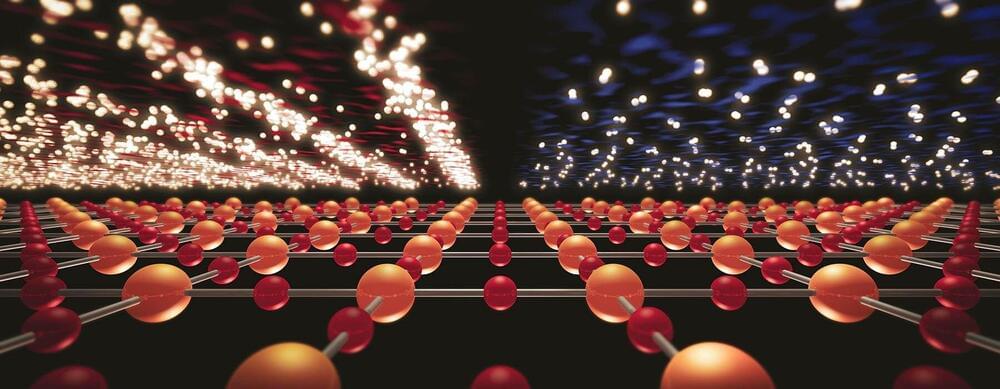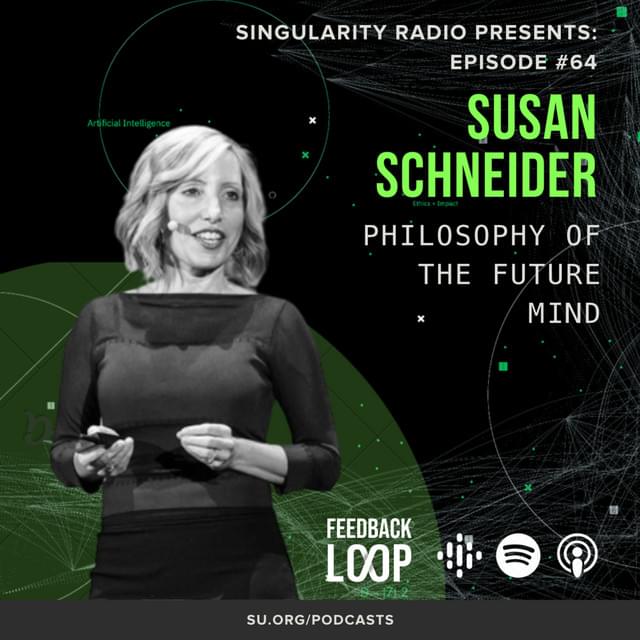Jul 29, 2022
Eternal Matter Waves: Physicists Build Atom Laser That Can Stay On Forever
Posted by Dan Breeden in categories: particle physics, quantum physics
These days, imagining our everyday life without lasers is difficult. Lasers are used in printers, CD players, measuring devices, pointers, and so on.
What makes lasers so special is that they use coherent waves of light: all the light inside a laser vibrates completely in sync. Meanwhile, quantum mechanics tells us that particles like atoms should also be thought of as waves. As a result, we can build ‘atom.
An atom is the smallest component of an element. It is made up of protons and neutrons within the nucleus, and electrons circling the nucleus.
